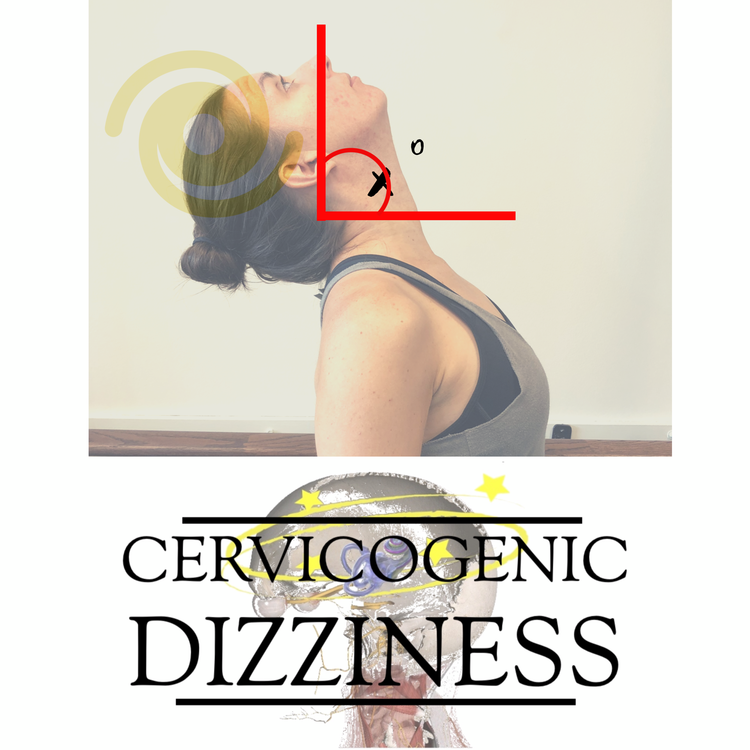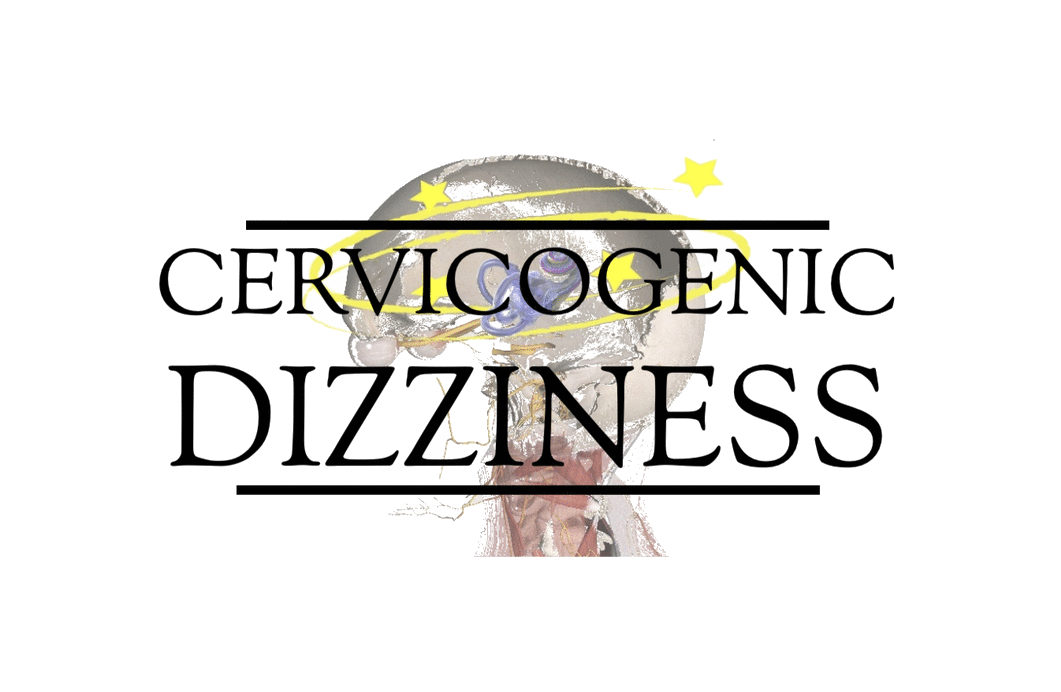
Is it Cervical Vertigo or Cervicogenic Dizziness? A Clarification
Any clinician working in the neuromusculoskeletal field knows we have a big problem in describing conditions that we diagnosis and treat. You get 10 PTs to examine a patient and you may get 10 different explanations. A colleague’s work has even just eliminated all abbreviations across all of their clinics as we can’t get that right either!
Additionally, there has always been the multi-term description of a “joint problem”—somatic lesion, derangement, dysfunction, hypo mobile joint, hyper mobile joint, etc etc. The trend is even getting less specific with conditions that have historically carried a diagnostic term. Subacromial impingement is now being called anterior shoulder pain and patellofemoral pain syndrome is now being called anterior knee pain.
One of the main reasons for this discrepancy is that we have a challenging time correlating the actual source of nocioception from a clinical exam, and can be even less accurate with imaging exam for the above two conditions. Even more, the purpose of a diagnosis is to lead to a sound treatment plan, but this depends on multiple variables. Providing a clarification for our findings is challenging.
In the dizziness world, the subjective and variable explanation of symptoms makes the clarification of terminology even more challenging.
The current medical definitions of vertigo, dizziness, and imbalance are based on the recommendations made by the classification committee of the International Bárány Society for Neuro-Otology.
Vertigo is the sensation of self-motion when no self-motion is occurring; dizziness is the sensation of disturbed or impaired spatial orientation without a false or distorted sense of motion; and imbalance or unsteadiness is the feeling of being unstable while sitting, standing, or walking without a particular directional preference.
Additionally, dizziness may be described as feeling dizzy, lightheaded, giddy, faint, spacey, off-balance, rocky, spinning, or swaying (Newman-Toker DE & Edlow JA 2015). Aren’t these descriptions all over the board?!
The definition of Cervicogenic Dizziness / Cervical Vertigo is even more muddy. Here is a sample of dizziness descriptions from leading authors, alongside correlating them with neck positions/movements. This is a small collection from my 300 page book (provided with course registration):
Non-rotary dizziness, imbalance, unsteadiness (Reid 2008/2012/2014/2015)
Vague sense of impaired orientation or disequilibrium (Al Saif 2011)
Non-specific sensation of altered orientation in space and disequilibrium (Furman/Cass 1996, Wrisley 2000)
FOR THE MOST PART, DIZZINESS MEANS DIFFERENT THINGS TO DIFFERENT PEOPLE.
One thing I want to point out is that the description and definition of Cervicogenic Dizziness does not involve vertigo—which is definied as a “sense of spinning, surroundings seem to whirl such as feeling that you are dizzily turning about you”. This is typically associated with BPPV (hence the “V”).

In the literature on this topic, you may find the phrases, “Cervical Vertigo (CV) , Cervicogenic Dizziness, or Cervicogenic Vertigo” as you search across multiple discipline journals. Considering vertigo is not a typical description or definition associated with dizziness associated with the cervical spine, I suggest abandoning the phrases, “Cervical Vertigo (CV) and Cervicogenic Vertigo”.
You will still find these other terms in overseas texts and articles, so do not abandon it completely in chasing down research, but we do need to continue a trend towards being consistent across our professions. Therefore…
FOR THE MOST PART, DIZZINESS MEANS DIFFERENT THINGS TO DIFFERENT PEOPLE.
Cervicogenic Dizziness Course
You can learn more about the screening and treatment process of Cervicogenic Dizzinesss through Integrative Clinical Concepts, where the authors (husband–a manual therapist a wife—a vestibular specialist), teach a very unique course combining both the theory and practice of vestibular and manual principles in their 2-day course. Pertinent to this blog post, the 2nd day includes the “Physio Blend”, a multi-faceted physiotherapist approach to the management of Cervicogenic Dizziness, which includes treatments of the articular and non-articular system of manual therapy and the most updated sensorimotor exercise regimen.
If you would like to host a course for your staff (either a vestibular, neuro, sports or ortho clinic), please do not hesitate to contact me at harrisonvaughanpt@gmail.com for more information.
AUTHORS
Harrison N. Vaughan, PT, DPT, OCS, Dip. Osteopracic, FAAOMPT
Instructor: Cervicogenic Dizziness for Integrative Clinical Concepts
Danielle N. Vaughan, PT, DPT, Vestibular Specialist
Instructor: Cervicogenic Dizziness for Integrative Clinical Concepts



